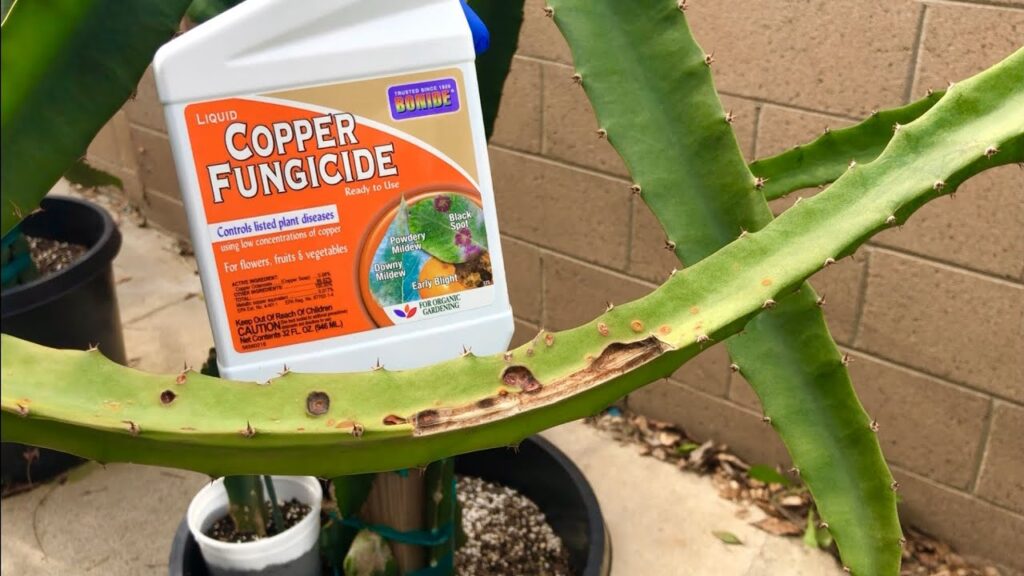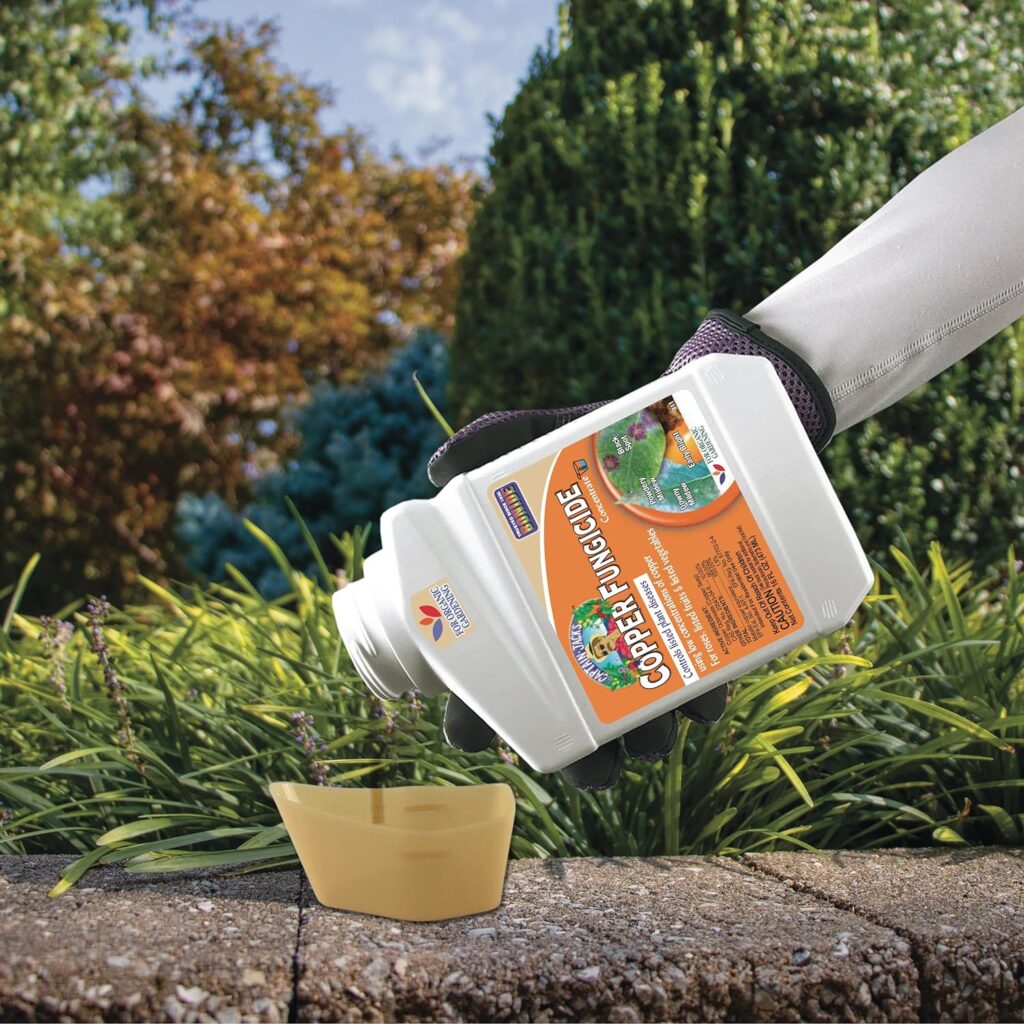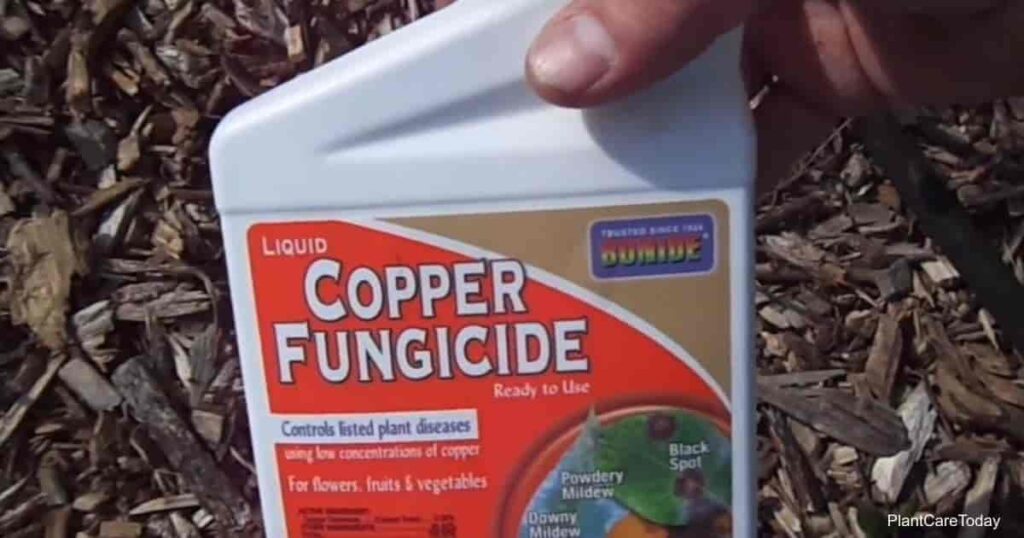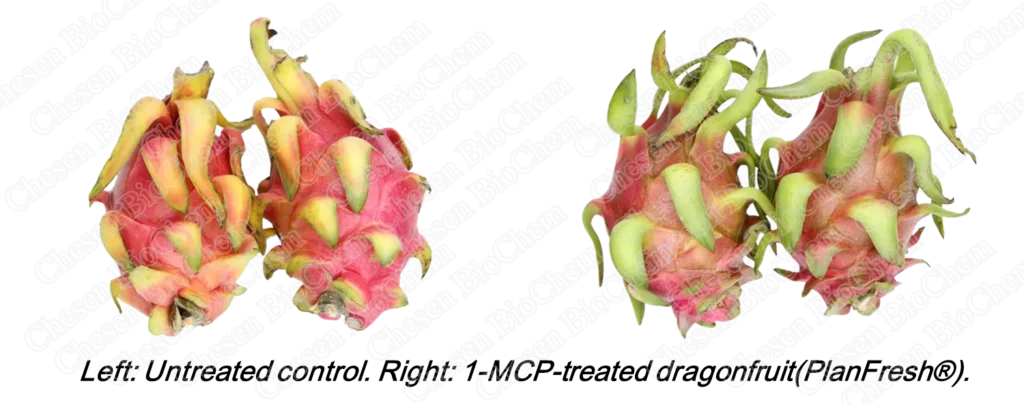In the intricate tapestry of dragon fruit cultivation, where the battle against pests and diseases is a perpetual challenge—copper-based fungicides. These potent formulations, fortified with the prowess of copper compounds, stand as guardians, shielding dragon fruit plants from the insidious threats of fungal adversaries. In this detailed exploration, we unravel the nuances of copper-based fungicides and their pivotal role in nurturing resilient and disease-resistant dragon fruit cultivars.
Table of Contents

Understanding the Intricacies of Dragon Fruit Cultivation
Cultivating dragon fruit demands a holistic approach, with disease management at its core. Fungal diseases such as anthracnose and stem rot pose significant threats to the health and productivity of dragon fruit plants. Enter the realm of copper-based fungicides, a sophisticated solution designed to fortify plants against these relentless adversaries.
Decoding the Power of Copper-Based Fungicides

1. Copper Oxychloride: A Silent Guardian Against Fungal Onslaught
Copper oxychloride, a stalwart in the arsenal of copper-based fungicides, emerges as a silent guardian against fungal onslaughts. This compound, rich in copper ions, acts as a formidable barrier, inhibiting the growth and germination of fungal spores. Its precision in targeting pathogens makes it a linchpin in the defense strategy against anthracnose, a common nemesis of dragon fruit crops.
2. Copper Hydroxide: Adherence to Excellence in Disease Prevention
Copper hydroxide, another luminary in the world of copper-based fungicides, boasts exceptional adherence properties. This attribute ensures a sustained shield on plant surfaces, offering robust protection against a spectrum of fungal and bacterial diseases. The disruption of crucial cellular processes in pathogens underlines its commitment to excellence in disease prevention.
3. Copper Sulfate: A Versatile Warrior in the Battle for Plant Health
Copper sulfate, celebrated for its versatility, extends its prowess beyond fungal and bacterial pathogens. As a key component in copper-based fungicides, it assumes the role of a guardian, deterring not only fungi and bacteria but also algae and moss. This versatility elevates its status as a valuable tool for maintaining optimal plant health throughout the growing season.

Best Practices in Deploying Copper-Based Fungicides
Ensuring the efficacy of copper-based fungicides demands precision and adherence to best practices. Growers are urged to consider the following guidelines:
- Timing is Key: Apply copper-based fungicides preventatively during periods of heightened disease pressure or at the first signs of symptoms.
- Dosage Matters: Adhere to recommended dosage rates and application intervals to achieve optimal control while mitigating the risk of copper buildup in the soil.
- Coverage is Paramount: Ensure thorough coverage of all plant surfaces, including foliage, stems, and fruits. A comprehensive shield is essential for an impenetrable defense against pests and pathogens.
- Rotation Strategy: Employ a rotation strategy, alternating between different copper-based fungicides with distinct modes of action. This mitigates the risk of resistance development, ensuring the long-term efficacy of these guardians.
Environmental Considerations and Sustainable Practices
While copper-based fungicides wield significant power in disease management, their use necessitates a balanced approach. Excessive or indiscriminate application can lead to copper accumulation in soil and water, posing risks to ecosystems. The adoption of integrated pest management (IPM) strategies, harmonizing with cultural, biological, and mechanical control methods, ensures a sustainable and environmentally conscious approach to disease management.

Innovations and Future Horizons in Fungicide Technology
The landscape of agricultural science is dynamic, paving the way for innovation in fungicide technology. Researchers and scientists tirelessly explore novel formulations and delivery systems for copper-based fungicides, striving to enhance efficacy, reduce environmental impact, and address emerging challenges. From nanotechnology applications to precision delivery mechanisms, the future holds promising advancements that will further elevate the role of copper-based defenders in dragon fruit cultivation.
Conclusion: Safeguarding Dragon Fruit’s Splendor with Copper-Based Vigilance
In conclusion, the deployment of copper-based fungicides signifies a pivotal chapter in the saga of dragon fruit cultivation. These guardians, fortified with the elemental strength of copper, stand as sentinels against fungal adversaries, preserving the splendor and productivity of dragon fruit plants. As growers navigate the ever-evolving landscape of agricultural science, the judicious use of copper-based fungicides remains a cornerstone, ensuring not only the health of dragon fruit crops but also the sustainability of orchards for generations to come.
